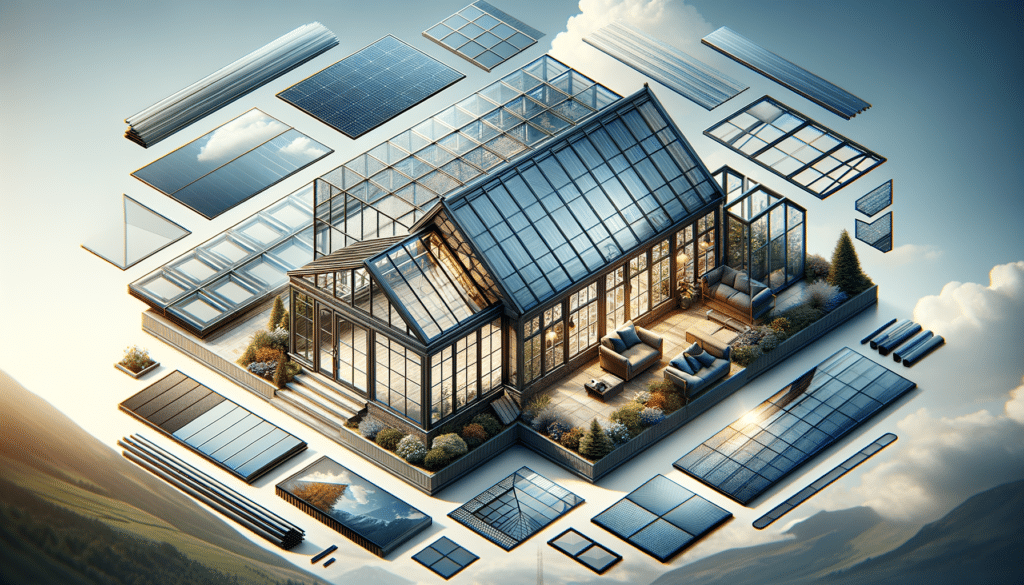Understanding Glass Roofs
Glass roofs are an architectural marvel that combines functionality with aesthetics. They allow natural light to flood into spaces, creating an open and inviting atmosphere. This not only enhances the visual appeal of a building but also offers practical benefits such as reducing reliance on artificial lighting. The transparency of glass roofs makes them ideal for spaces that require ample daylight, such as conservatories, sunrooms, and atriums.
One of the significant advantages of glass roofs is their ability to insulate spaces effectively. Modern glass roof systems are designed with thermal efficiency in mind, helping to maintain a consistent indoor temperature. This can lead to significant energy savings, as the need for heating and cooling is reduced. Furthermore, glass roofs can be treated with coatings that minimize heat loss, adding to their energy-efficient properties.
When considering a glass roof, it’s essential to explore the various types available. Options range from fully transparent to tinted or frosted glass, each offering different levels of privacy and light diffusion. Additionally, advancements in glass technology have led to the development of self-cleaning glass, which uses rainwater to wash away dirt, reducing maintenance efforts.
Conservatory Roofs: A Popular Choice
Conservatory roofs have long been a favorite among homeowners looking to extend their living space. These structures are typically attached to the main building, providing a seamless transition between indoor and outdoor areas. The use of glass in conservatory roofs allows for an unobstructed view of the sky, enhancing the feeling of openness and connection with nature.
There are several styles of conservatory roofs, including Victorian, Edwardian, and lean-to designs. Each style offers unique features and aesthetic appeal, allowing homeowners to choose one that complements their existing architecture. The choice of materials for conservatory roofs is also diverse, with options such as polycarbonate and glass panels. While polycarbonate is lightweight and cost-effective, glass panels offer superior insulation and clarity.
In recent years, the trend towards energy efficiency has led to innovations in conservatory roof design. Many modern conservatories are equipped with solar control glass, which reflects heat away during summer while retaining warmth in winter. This ensures a comfortable environment year-round, making conservatories a versatile addition to any home.
Exploring Frameless Glass Roofs
Frameless glass roofs are the epitome of modern architectural design, offering a sleek and unobtrusive look. These roofs are characterized by their minimalistic design, with glass panels seamlessly joined without visible frames. This creates a floating effect, allowing for maximum light penetration and uninterrupted views.
The installation of frameless glass roofs requires precision and expertise, as the lack of frames means that the structural integrity relies heavily on the quality of the glass and the installation process. High-strength tempered glass is commonly used to ensure durability and safety. Additionally, frameless glass roofs can be customized to fit various shapes and sizes, making them a versatile option for both residential and commercial applications.
One of the key benefits of frameless glass roofs is their ability to blend with any architectural style. Whether used in contemporary buildings or as a modern twist on traditional designs, they add a touch of elegance and sophistication. Moreover, the absence of frames means that maintenance is straightforward, as there are fewer crevices for dirt to accumulate.


